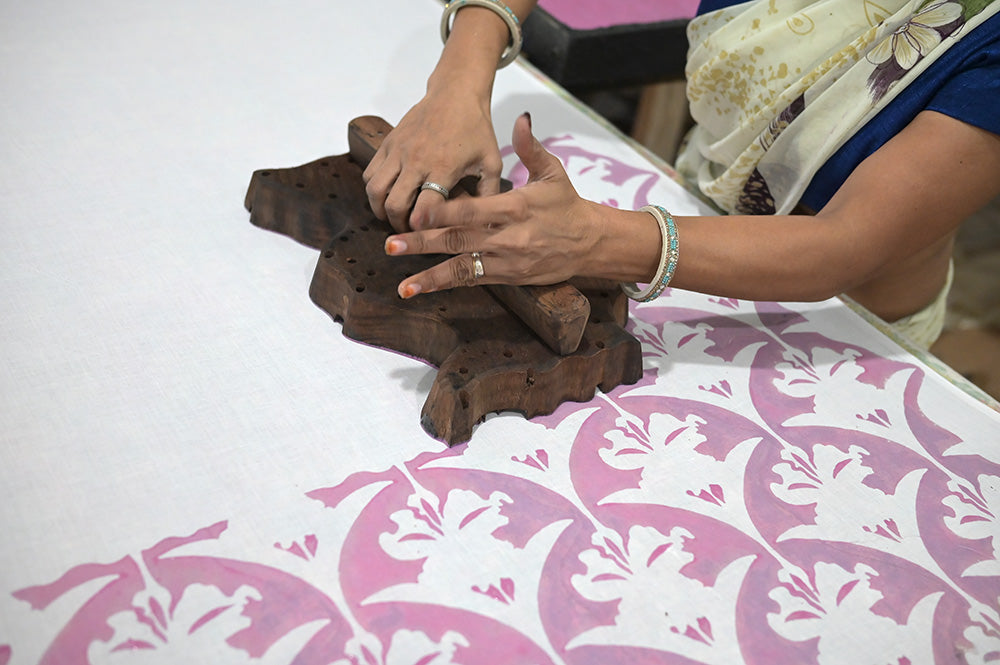
Woodblock printing
Artisans carve intricate motifs into wooden blocks, apply natural or low-impact dyes, and press each block by hand onto the cloth. The slight variations in pressure and alignment give every repeat a subtle, one-of-a-kind character.
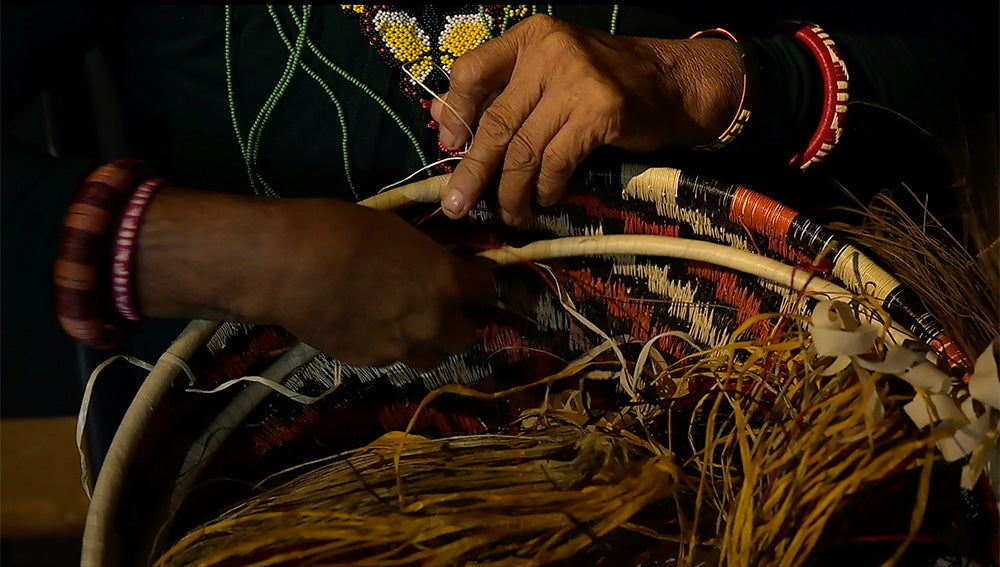
Werregue palm coiling
Wounaan artisans harvest slender werregue palm fibres, dye them with plant pigments, and coil them tightly around a central core to form sturdy bases and baskets. The hand-built spirals create bold geometric patterns and safeguard a cultural practice passed down through generations.

Screen printing
A fine mesh screen is coated with a stencil, then pigment is pulled across it with a squeegee, transferring the design onto fabric. Multiple screens can layer colours for rich, precise patterns while keeping production small-batch and controllable.
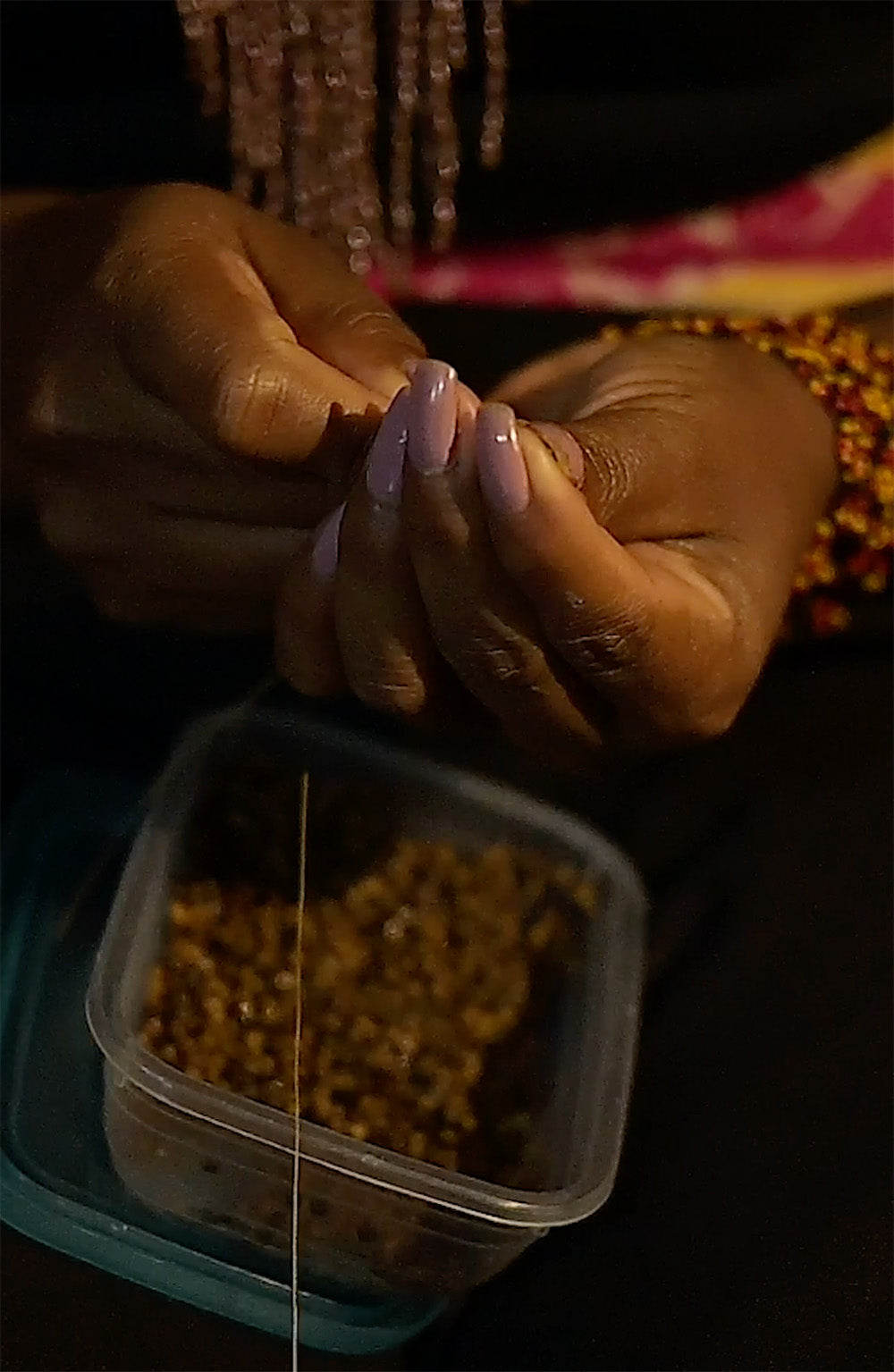
Seed crochet
Natural fibres are crocheted together with polished seeds —such as sirindango— as organic “beads.”
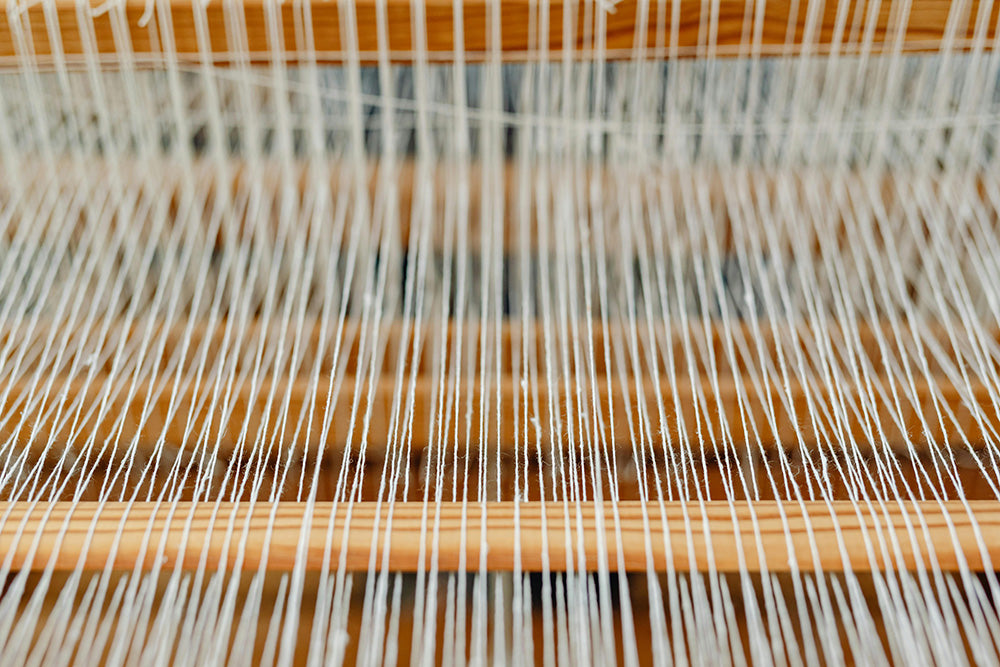
Handloom weaving
On manually operated looms, warp threads are tensioned while the artisan throws the weft shuttle back and forth, building cloth pick by pick. The process needs no electricity, preserves regional weave structures, and imparts a gently irregular texture that machines can’t mimic.
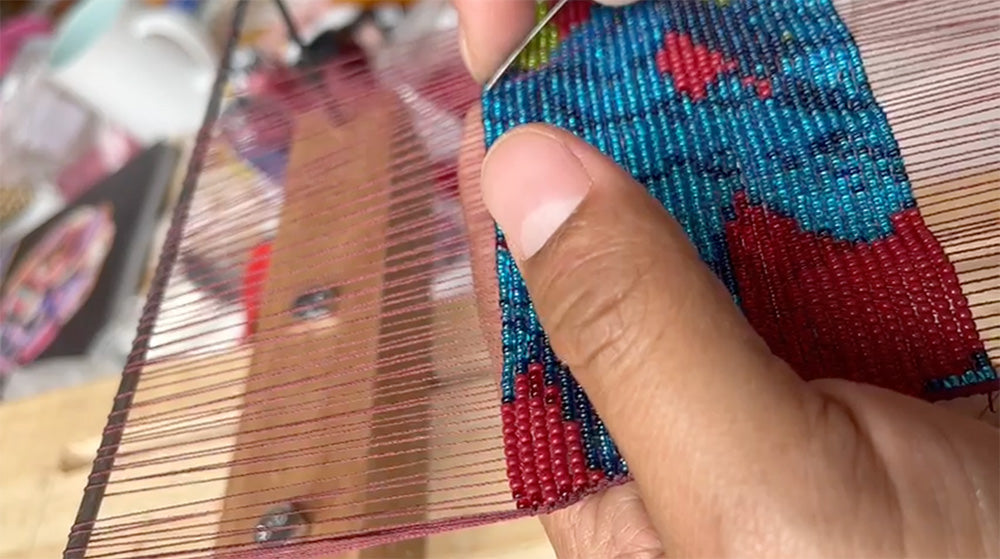
Bead weaving
Hundreds of tiny glass beads are handwoven or stitched together, bead by bead, to form self-supporting panels that become jewellery, bags, and other accessories. Without a fabric base, the beads themselves provide both structure and ornament, enabling artisans to craft intricate patterns and cultural symbols in pure, shimmering colour.